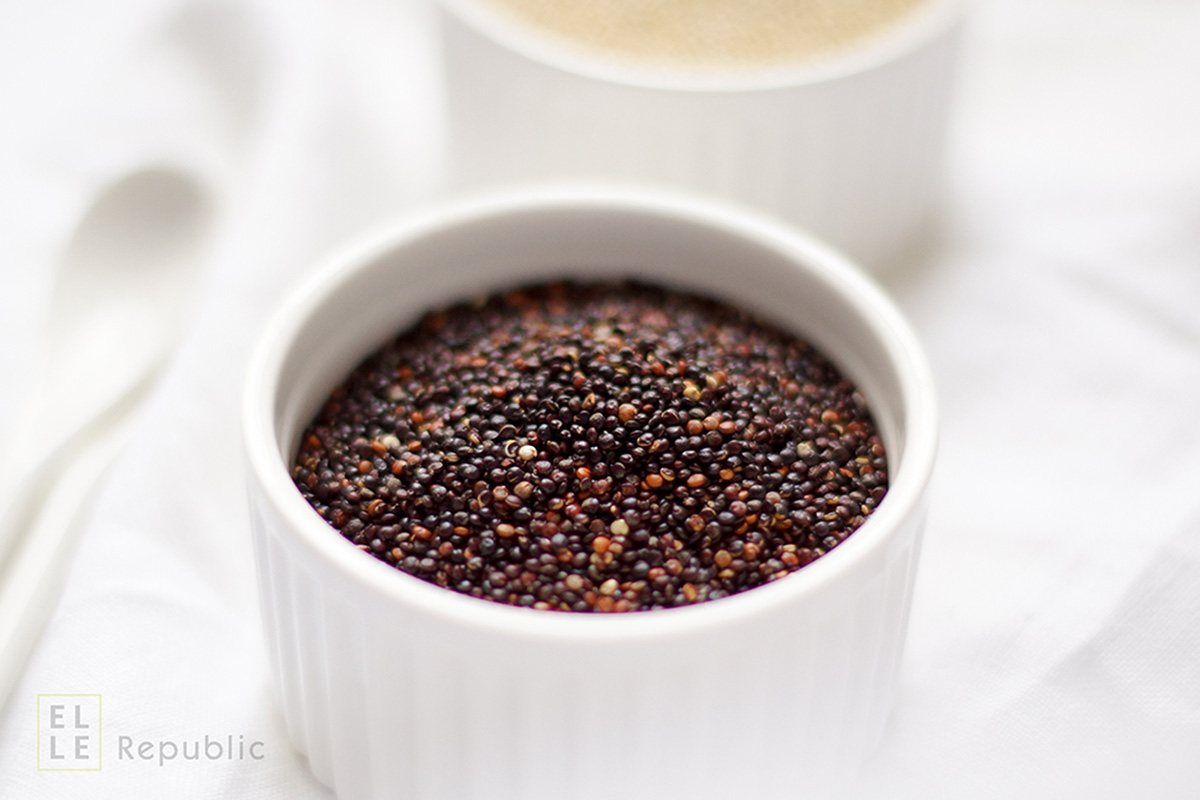
For those of you who aren’t already familiar with the superfood quinoa (pronounced KEEN-wah), get ready to have your mind blown.
Originating from the South America Andes, quinoa has been referred to by the Incas as being the “mother of all grains” (though, technically quinoa isn’t a grain at all, but the seed of the Goosefoot plant, which is related to beets, Swiss chard, and spinach). Dubbed a super-food, not only is quinoa gluten free, but it’s also a balanced and complete source of protein that’s rich in vitamins and minerals, with a notable Vitamin E content, making it the perfect, nutrient-packed accompaniment to a vegan or vegetarian diet.
Quinoa Production:
It seems to be everywhere you turn and over the last few years, I’ve been astounded to see the prices become staggeringly high and the contents of the packaging increasingly small. Only to remember: simple economics. Yes, quinoa has come a long way the last few years – from specialty health food store to mainstream menus. The popularity of quinoa continues to grow and international demand increasing, however with the slow speed of acreage our global producers Bolivia and Peru (who account for over 95% of production) have struggled to keep up with the increased demand – something we have seen reflected in the price. Gradually prices are dropping, partially due to the slowly increasing supply from Peru and Bolivia but also from other countries that have found the high prices and ever increasing demand encouraging enough to get into the quinoa growing game.
Bolivia remains to have one competitive advantage — organic quinoa, which of course nets a far larger price (as much as double) over the factory-farmed Peruvian alternative. It’s important to note, chemical fertilizers and the heavy use of pesticides make up most of Peru’s production, so not all quinoa is created equal. Buy organic.
Superfood Quinoa: Interesting Facts:
- In South America they use the saponin removed from the quinoa as detergent for washing clothes.
- The sticky, bitter, soapy film of saponins also keeps birds from eating the quinoa seeds off of the bushes. Turns out scientists decided to create a quinoa that didn’t have saponins, and guess what? The birds ate it all.
Benefits of superfood quinoa:
- Not only is it an excellent gluten-free alternative, but as a “pseudo-grain”, quinoa is the only grain that contains all nine essential amino acids, making it a complete protein and therefore an amazing addition to any vegan or vegetarian diet.
- It also contains almost twice as much fiber as most other grains, which aids effective digestion, while helping to reduce high blood pressure and the risk of diabetes. Fiber also lowers cholesterol and glucose levels and since it’s slow releasing, makes you feel fuller for longer.
- Quinoa is a great source of iron, which is key to keeping our red blood cells healthy. Iron enables the blood to carry oxygen around the body; important for our muscle and brain function. Iron is also important in specific other processes within the body that are essential for producing energy.
- And because quinoa is a very good source of manganese (an antioxidant) and rich in magnesium this grain is especially valuable for protecting red blood cells and other cells from damage by free radicals while also relaxing blood vessels; helpful for people who suffer from migraine headaches.
Varieties – white, red and black
- White quinoa, which is most often seen in stores, is actually a bit more tan than white. It’s mild, with a delicate taste and light, fluffy texture. It cooks up faster than other varieties; in about 15 minutes.
- Red quinoa has a somewhat chewier texture with a slight crunch. It’s also richer in taste, and takes about 5 minutes longer to cook. It’s a good choice for cold salads as it holds its shape better during cooking.
- Black quinoa also takes a little longer to cook and retains some crunch, but it’s earthier and sweeter than white quinoa.
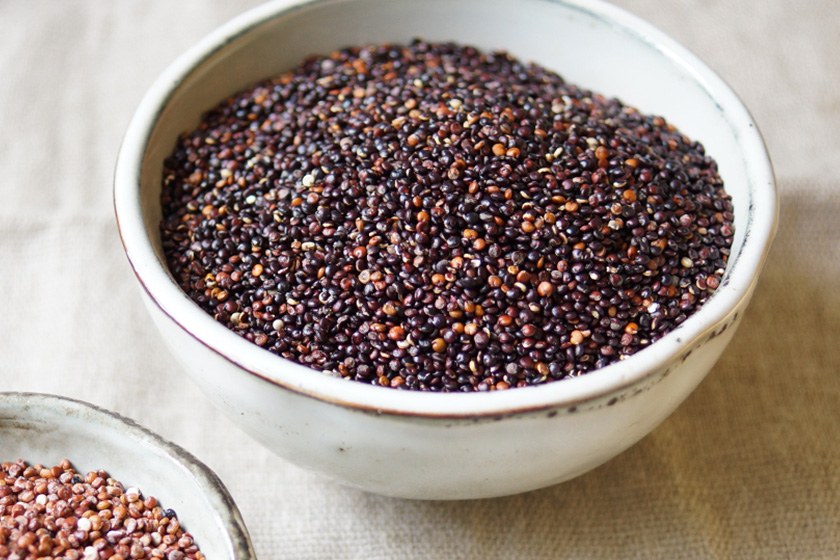
How to enjoy it:
- Simple and versatile, quinoa can be eaten hot or cold and is an easy choice for breakfast, lunch or dinner. It has a delicious slightly nutty flavor that goes with absolutely everything – whether sweet or savory. It’s nutty in taste and has a delicate texture that seems to pop in your mouth – it’s fluffy and chewy all in the same moment.
- Superfood quinoa is a great breakfast food. I sometimes combine it with unsweetened soya or almond milk, and cook it as I would oatmeal or millet and then add in some fresh or frozen antioxidant rich berries. For even a bigger protein boost, you can also stir in an egg when it has almost finished cooking.
- Try it in salads, soups or stews, or a healthy side dish. You can easily swap out grains such as rice, bulgur, (or even couscous) for quinoa in recipes, or use quinoa flour in baking. Although pricier, you can even find a variety of dried pasta made from quinoa.
How to prepare it:
To rinse or not to rinse:
It is often recommended to rinse the grain. By skipping this step you may risk an unpleasant tasting quinoa. I almost always use the organic white colored quinoa and have never found it necessary to rinse it, however take heed, as I recently discovered with red quinoa this was not the case! There really is such a thing as soapy tasting quinoa! A good reason to rinse.
Rinsing removes quinoa’s natural coating, (something called saponin), which can make it taste bitter or soapy — apparently some people are more sensitive than others to this. Keep in mind though, packaged quinoa is often polished or pre-washed so that we don’t have to worry about things like rinsing, but as I learned first-hand, for the first time in over a decade of eating quinoa, sometimes it’s better to wash it just to be sure.
Cooking method:
In a saucepan, add one part of the grain to two parts liquid. Bring to a boil, reduce the heat to a simmer and cover for about 15 minutes. Remove from the heat and let stand covered for 5 minutes, then fluff with a fork. You can expect 1 cup dry quinoa to yield about 3 cups cooked quinoa.
If you prefer an even nuttier flavor to the quinoa, you can dry roast it before boiling it. To dry roast, place it in a skillet over medium-low heat and stir constantly for five minutes.
Where to buy it:
You can find quinoa in the organic food section of many supermarkets or drugstores as well as at most natural health food stores.
If you are buying quinoa in bulk portions then be sure to store it in an airtight container. Storing it in refrigerator will help keep it fresh for up to six months.


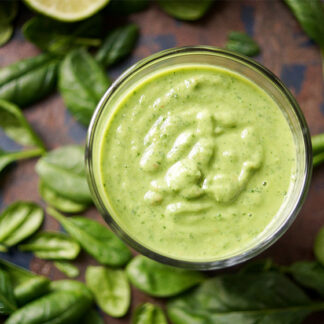
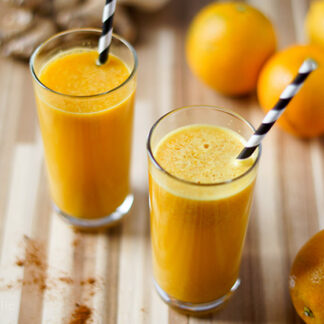
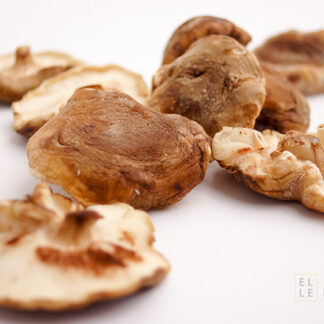

Who’s the writer? There’s no credits on the article.
All the content on this website is written by me: Elle 😉